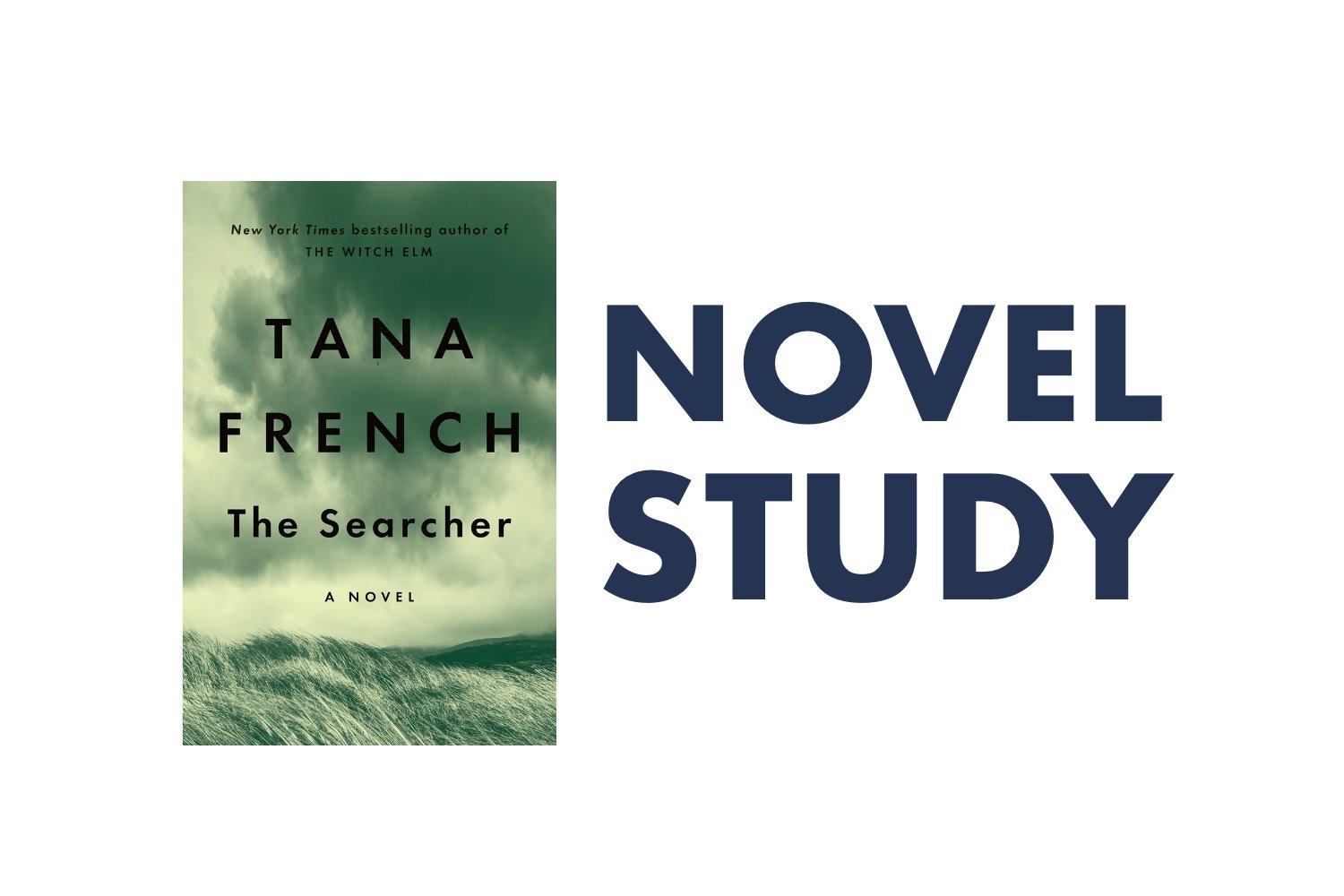How to use sensory details to ground introspection
Learn how to use sensory details to bring important introspective moments alive for your readers and help them identify with your point-of-view character.
How can a single point-of-view novel include multiple voices?
See how Casey McQuiston uses fictionalized primary materials to bring additional voices into I Kissed Shara Wheeler.
How do you get maximum value from setting and description?
Examples from Tana French's The Searcher show how to give your descriptions additional meaning and resonance.
Could your secondary characters be stars?
How to make sure your secondary characters are pulling their weight in your story.
How to choose names for your characters
Practical tips from authors about how to create names for your fictional characters.
Savage humor: Persuasion chapter 3
Learn how Austen uses narrative layers to subtly savage the characters she wants readers to hate.
How to introduce characters: Persuasion chapter 1
Learn how Austen introduces her characters in chapter 1 of Persuasion.
What is your character’s pathological maneuver?
How characters work in the machinery of the novel.
How to link characters and plot
How and why your characters and plot should work together to create a book that readers can’t put down.
Why characters are key
Why crafting believable, engaging characters is central to writing a successful novel.
Write Away, by Elizabeth George
Elizabeth George’s method for crafting characters, plots, and scenes.
Write Your Novel From The Middle, by James Scott Bell
James Scott Bell’s advice on how you can use three key plot moments to structure your novel.
Revising Your Novel, by Janice Hardy
Janice Hardy’s advice on revision, characters, and more.
Aspects of the Novel, by EM Forster
What can this classic study of the novel teach twenty-first century writers?
Wired for Story, by Lisa Cron
Lisa Cron’s Wired for Story might be the book I recommend most to clients – find out why.













